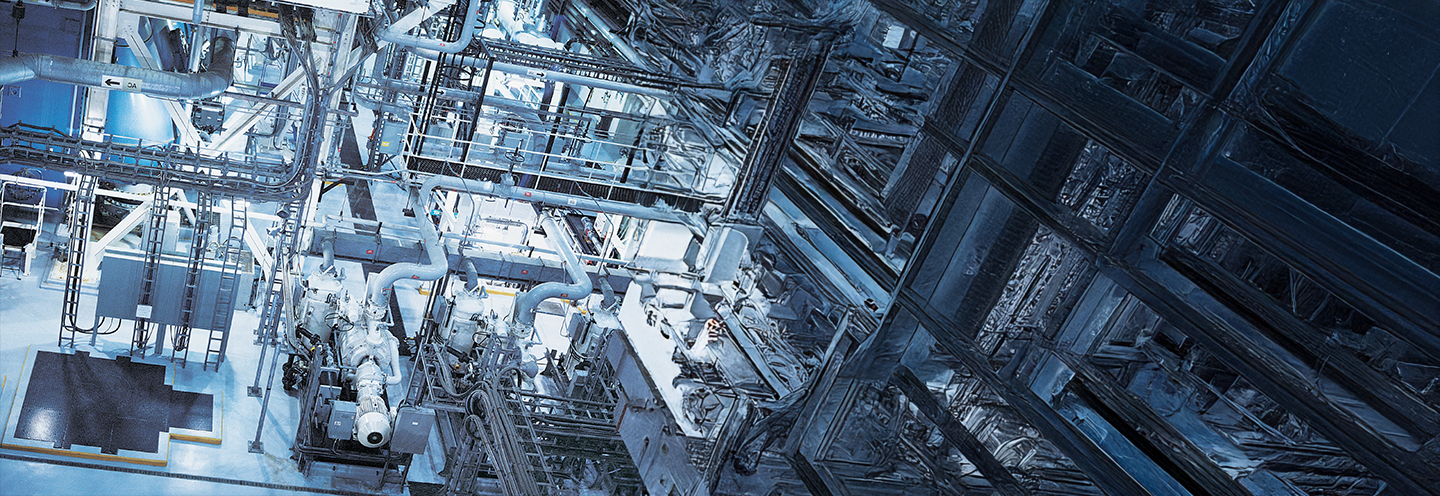The vast majority of technologies pioneered by the mobility tech sector are currently focused on driving down the number of road traffic injuries and ushering in new travel experiences. Mobility continues to be one of our essential needs, which has galvanized society into looking for ways to improve safety, deliver higher performance, increase vehicle autonomy and develop new uses and applications. That explains why the automotive industry pioneered the six-level advanced driver-assistance system (ADAS). These systems are primarily aimed at ratcheting up safety for self-driving vehicles by enhancing their ability to detect nearby hazards.
ADAS systems are one of the most on-trend research topics and a hotbed for cutting-edge technologies like thermal imaging as efforts are consistently made to take performance to the next level. Thermal imaging is truly capable of giving the automotive industry the power to guarantee absolute safety when combined with other sensors and artificial intelligence, especially deep learning, which is a breed of AI where machines self-learn under supervised conditions.
In this article, we describe the three reasons why AI and thermal imaging are going to power the mobility revolution.
- Accurate identification of detected objects
Autonomous vehicles will be kitted out with a vast array of complementary sensors that can accurately capture their surroundings, including radar, lidar and ultrasonic sensors, as well as visible-light, NIR and thermal cameras. Thermal sensors are capable of accurately producing a crystal-clear thermal picture of the stationary and moving objects near the vehicle, especially vulnerable road users. The artificial intelligence systems can then identify, classify and recognize the different objects in the images, including pedestrians, animals, debris and so on. When this information is combined with data from other sensors and networked with other types of AI systems, vehicles can do much more than simply recognize objects. Intelligent vehicles can understand exactly what is happening around them and plan their response after weighing up the situation and running through the different options. They can reliably change their course based on the decisions taken.
- Detecting obstacles, even in poor visibility
Only thermal sensors have the power to detect an object's natural heat signature by passively receiving its radiation. They can convert the waves into electrical signals, which are then translated into images. That explains why infrared technology can "see" at night and even when the weather takes a turn for the worse (rain, snow, fog, etc.), since it does not require an external light source. Infrared waves also boast greater immunity to attenuation by the surrounding environment.
Feel free to check out the space program that has been launched to monitor land surface temperatures with a leading-edge infrared detector.

- Building databases to aid vehicles and drivers
As part of their ongoing determination to improve driving conditions and ramp up safety by harnessing the thermal imaging technology, researchers are developing and using databases containing day and night images to train the AI solutions that will be embedded in the vehicle's intelligent system. Images are annotated for every class of object, so that each scene can be documented to reflect the types of objects requiring detection, whether people, animals, other vehicles or obstacles.
The aim is to increase AI's self-learning capabilities by leveraging deep learning methods and the annotated databases. Intelligent systems can become even smarter by continually learning, recognizing and evolving.
Researchers are constantly focused on taking their use of deep learning even further as they strive to build systems that are capable of detecting pedestrians and surrounding objects with superior precision and reliability. With that aim in mind, they are taking a closer look at the multimodal image fusion technique due to its ability to provide a deeper understanding of the image by semantically segmenting the elements in the image on a finer-grained level.
These advances are improving the performance of deep learning and thermal imaging technologies in terms of greater visibility and recognition, as well as in other applications, such as understanding the scene and modeling the environment whatever the conditions. These developments can also be used to collect the necessary information for path planning applications.
The results speak for themselves. Combining visible-light imaging with thermal imaging generated a 36% improvement in the average precision of detecting a pedestrian in night-time conditions.
In addition, thermal sensors tend to use modest VGA resolutions (640x480), which reduces the amount of processing resources required while enhancing detection quality.
In the radically evolving mobility sector, major changes lie just around the corner for urban travel applications, especially as autonomous vehicles continue gaining traction. These vehicles will become increasingly smart and connected as they are fitted out with all sorts of detectors, whether thermal, ultrasonic or lidar sensors. All these technologies will need to be capable of operating and communicating over a network if they are to deliver the right information to the system at the right time.
Managing the wealth of data still represents a major challenge for IR professionals, who are actively driving back the boundaries in every aspect of this innovative technology. The aerospace industry is another sector where infrared technology has forged its reputation as a game-changer.
In addition to improving on-the-ground mobility, infrared technology is helping drive the development of space applications, especially for the meteorological sector. Feel free to check out the space program that has been launched to monitor land surface temperatures with a leading-edge infrared detector.












